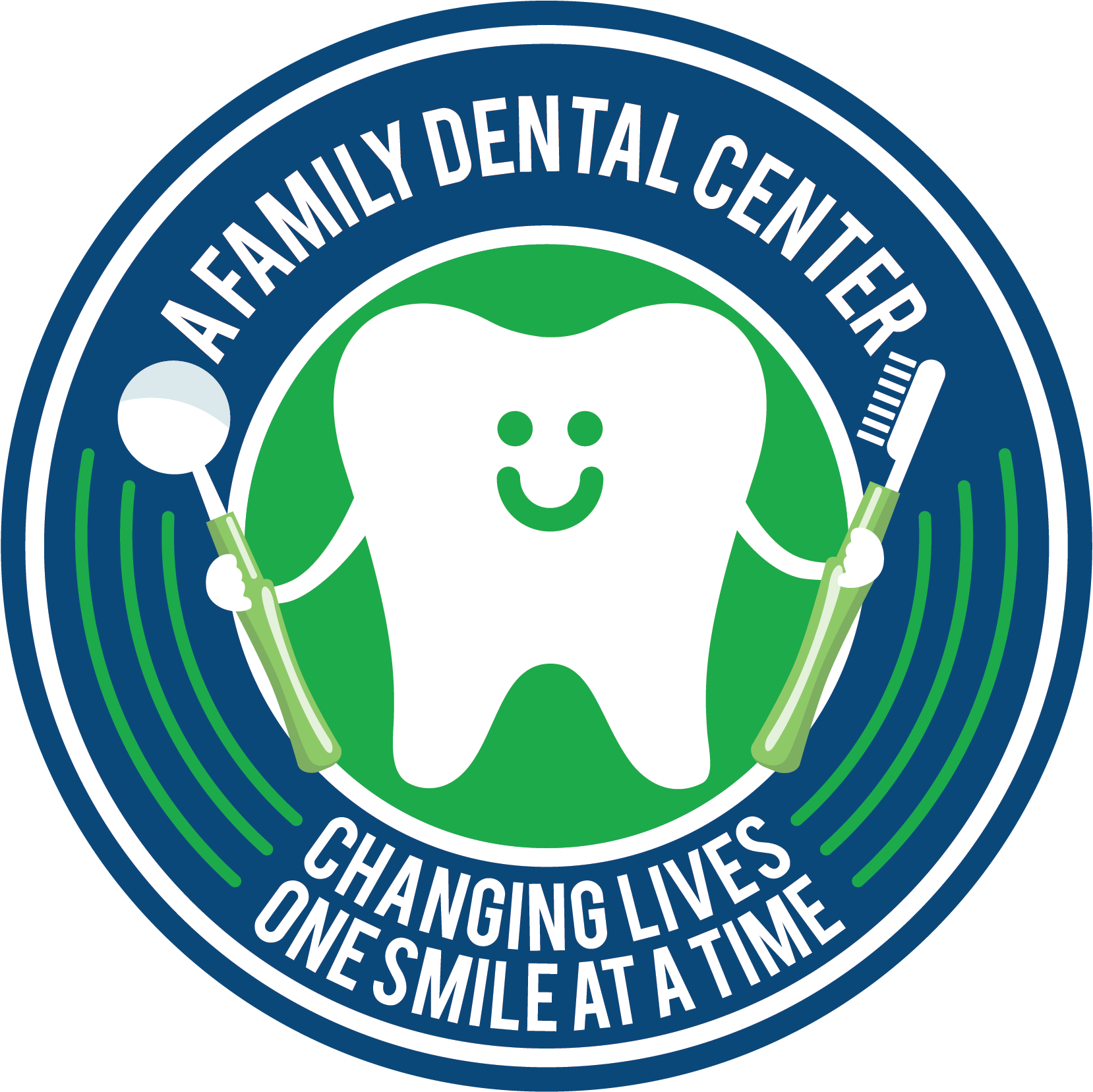
Essential Precautions after Getting Tooth Fillings
Restoring a cavity is straightforward with dental fillings. After removing a tooth cavity, the exposed tooth enamel becomes susceptible to inviting additional holes. Fillings don’t just restore your tooth to make them look normal after getting a dental filling in Kennewick but also help protect your teeth over time.
After getting dental fillings to restore your permanently damaged tooth from cosmetic dentistry, Kennewick, you must take precautions to ensure the filler remains in place and your mouth doesn’t feel uncomfortable after the anesthesia wears off. This article provides tips on the precautions you must take after getting dental fillings.
Take Care to Avoid Biting Your Cheeks
You receive regional anesthesia to deaden the area around the affected tooth before receiving dental fillings. While you might want to eat after the filling procedure, the dentist in Kennewick, WA, recommends waiting for the anesthesia to wear off before you eat with the restored tooth. The suggestion is to ensure you don’t bite your cheeks while they are numb. You can accidentally bite on your cheeks, tongue, or the sides of your mouth if you try eating with numbness. Instead, you can use the other side of the mouth for eating until you feel better. Unfortunately, if you can’t feel both sides of the mouth because you received multiple fillings, get a smoothie to satisfy your appetite.
Sensitivity To Temperatures
You might find it soothing to have a hot cup of tea or coffee after dental fillings. While dentists do not recommend avoiding hot drinks, they suggest you remain careful if you have numbness in the entire mouth. It can be challenging to detect the temperature of the liquids when your mouth is numb, and you might not realize you have burned your mouth until you swallow or feel discomfort in your throat. Therefore you must remain careful with hot beverages until the anesthesia wears off.
Having Foods with Dental Fillings
Silver amalgam and composite resin or tooth-colored fillings are not similar. If you received silver amalgam fillings, you must avoid chewing with the restored tooth for 24 hours after receiving the filler. In addition, if the filler is placed on one side of the mouth, you must chew on the opposite side to ensure it sets well and doesn’t dislodge easily after placement. Tooth-colored fillings provide more flexibility allowing you to begin chewing with the restored tooth soon after the anesthesia wears off. Chewing with the restored tooth is permitted after receiving composite resin tooth-colored fillings.
Gum Sensitivity
The anesthesia is injected into the gums, indicating that the area will experience soreness after the procedure remaining with you for a day or two. However, the filling starts subsiding without keeping you waiting. Unfortunately, if you received a dental filling on the side of a tooth, the area might experience more sensitivity resulting in dull aches near the site of the filling for a few days.
You might experience gum sensitivity if the cavity removed was close to a nerve in the gums. However, the sensitivity subsides shortly without remaining debilitating or distracting you throughout the day.
Dental Hygiene
Receiving fillings for cavities is essential because the bacteria creates permanent damage in a tooth without any mechanism to heal itself. After restoring a cavity, you must ensure that you take excellent care of your teeth to help manage and prevent cavities efficiently. The excellent care you provide your teeth also helps save money from additional filling costs later.
After receiving fillers in your tooth, an essential thing to remember is to remain proactive with your dental hygiene routine. For example, ensure that you brush two times daily, floss at least once before or after brushing your teeth, and use mouthwash to curb harmful mouth bacteria besides lousy breath. If you incorporate the essential steps of maintaining an excellent dental hygiene routine and get dental prophylaxis every six months from your dentist, you can rest assured you won’t have to visit dental practices reporting discomfort in a specific tooth because of additional cavities.
Restoring cavities is an essential requirement, and the only treatment available for achieving your goal successfully is dental fillings. However, an even better remedy is to prevent cavities from developing in your mouth by incorporating the suggested dental hygiene practices to help you preserve your oral health and save money.
If you have holes in a tooth and need restorations, A Family Dental Center can help you receive dental fillings to effectively protect your tooth. Please do not hesitate to visit the practice for tooth restorations from cavities.
